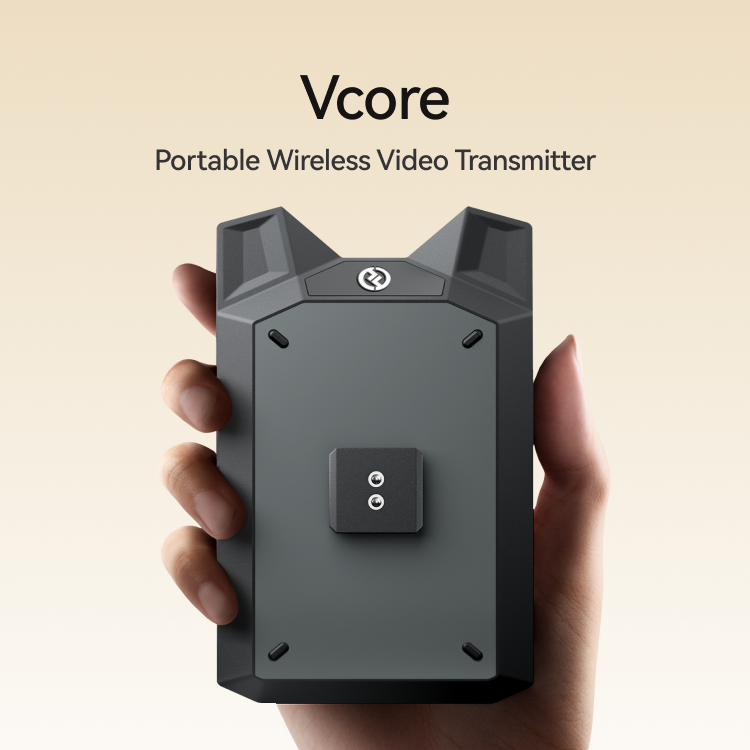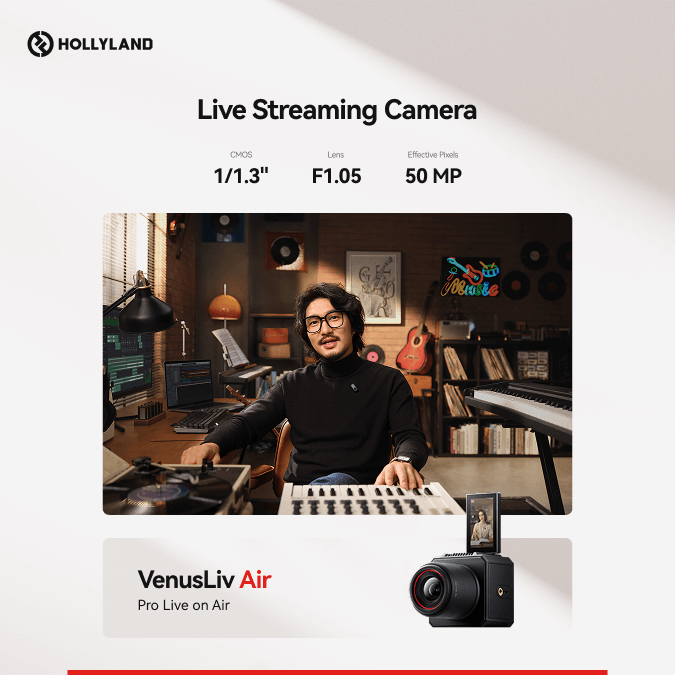Microphones are of various types. For example, there are condenser mics, dynamic mics, and lavalier mics, to mention a few. Each one works differently, and sometimes, the differences are very small. But that’s the thing you should know because these little dissimilarities in the working principles help you in evaluating a microphone’s quality more efficiently.
So, this article tells you how microphones work. The importance of phantom power and polar patterns, and the potential of the right type selection based on the features and functions.
Once you know these elements, you can easily find the most suitable microphone for professional or personal use.
Types of Microphones and How Do They Work?
Dynamic Microphones
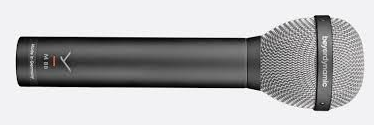
Dynamic microphones function similarly to traditional loudspeakers. Both systems are designed with an inverted cone, which is also a diaphragm that gets planted on the wire coil. This coil is enclosed in a magnet, and therefore, it produces a magnetic field. Their only dissimilarity is the function.
How Do Dynamic Microphones Work?
In a speaker unit (the grille area), the electrical current is sent from the power amplifier through the coil. At this stage, it is transformed into an attractive electromagnetic field that makes the speaker magnet move. As a result, both the coil and the diaphragm oscillate, and the sound is formed. The dynamic microphone operates oppositely. The airwaves collide with the diaphragm-eardrum, and this part goes into oscillation. It moves the coil that is placed in a magnetic field and, therefore, it creates an electric signal.

However, instead of using electricity to generate sound, a dynamic mic converts sound into electricity. A few intercom networks even utilize loudspeakers as mics by toggling their operation between speaking and listening mode. Though a speaker is not as functional as a high-grade microphone, it still basically aids communication.
Dynamic microphones are strong and resistant. They work without batteries and electricity. Some variants have a smooth and broad frequency range, while others have a specially tailored frequency response for specific applications. They have high output signal levels, which make them compatible with most microphone inputs.
An impressive signal-to-noise rate, which is their strength, plays a significant role in obtaining clear recordings. They are low maintenance, and with the proper procedure can operate high for many years.
Condenser Microphones

A condenser microphone is a type of microphone that consists of a charged diaphragm and a backplate for the conversion of sound into electrical signals. It is often used in music recordings, podcasts, and studio work where a clear and detailed sound is critical, as it is very sensitive and picks up sound accurately. It even needs either a battery or phantom power for the operation of the device to power it up.
How Do Condenser Microphones Work?
A condenser microphone consists of a very lightweight membrane and a fixed plate that looks like two plates of a capacitor in a parallel arrangement. The membrane covers a movable plate, and when the sound waves hit the membrane, it moves. Therefore, the capacitance changes and an electrical signal is produced. It works like an electrostatic tweeter the other way around and at a smaller scale. Since the diaphragm is almost weightless, it gathers the sounds of both high and low frequencies clearly and with the transparency of natural and detailed audio.
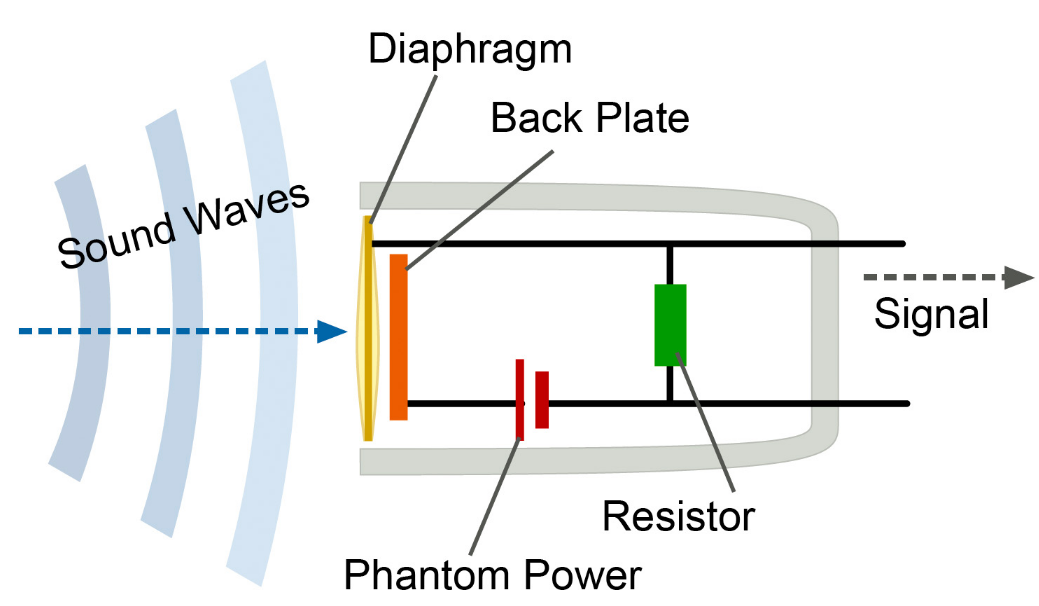
There are two types of condenser microphones. One kind needs an external power supply for charging the capacitance system. Mostly, these are used in professional studios and high-end setups. The electret condenser microphone is the second type. This type has the benefit of a permanent charge that is applied in the manufacturing process. That is why it doesn’t need an external power supply.
Plus, when it is about handling mechanical noises, it is observed that condenser mics are better than dynamic microphones. It is because they have lightweight diaphragms. They are also sized smaller and are easier to carry.
Ribbon Microphones

Ribbon microphones have taken the lead in studios, live performances, and broadcasting. The majority of devices are bidirectional, receiving sounds from both the front and back sides, which is suitable for use in such situations. At the same time, their powers are in the recording of sound that is rich and highly detailed, which is the reason they are preferred by professionals.
How Do Ribbon Microphones Work?
The mechanism of sound recording of ribbon microphones is a thin foil of aluminum which is cut between two strong magnets. This technique allows for movement and results in an electrical signal which induces the warm, natural tone.

Despite the fact that ribbon microphones are cherished by a lot of people due to their smooth sound, the previous versions of ribbon microphones were fragile and had compatibility issues.
Lavalier Microphones
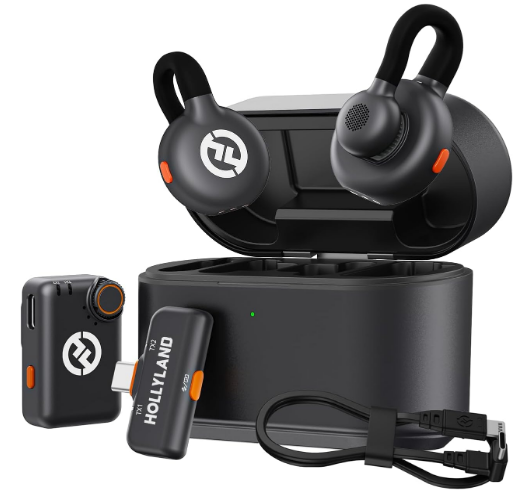
A lavalier microphone is an ultra-small and light mic that can be attached to the clothing or body of the person. It is a hands-free device used frequently to record interviews, stage performances, and video productions. They have two types – wired and wireless – each with its perks.
How Do Lavalier Microphones Work?
Wired lavalier microphones are plugged directly into a recording device, usually cheaper than wireless ones, making them a perfect choice for those with a limited budget. The biggest advantage is that they don’t require batteries, meaning that there is no fear of discharging during the recording. As they are directly connected, they give a stable and constant audio signal. But the cable can be a problem for the free movement of the body, which might not be suitable in some cases that require a lot of motion.
Wireless lavalier microphones, on the other hand, give the person more freedom. By using a transmitter, rather than a cable, which the person can clip onto a belt or place in a pocket, they are battery-powered. The transmitter transmits the audio signal to the receiver, enabling adjustment of the sound levels for the ideal sound. Wireless microphones are amazing for individuals such as presenters, filmmakers, and performers, frequently on the move. Also, they are more professional-looking because of the absence of visible wires.
The other advantage of wireless lavalier microphones is that they are really easy to set up. Without the hassle of wires, it is much easier to record in various locations, especially for people working in more than one location. Besides, for individuals who work in a fixed studio, the additional flexibility of a wireless microphone may not be a priority.
The Phantom Power’s Role in the Functioning of Mics

Phantom power is the electricity that some microphones need to operate properly. While a microphone that uses an electret condenser doesn’t need the power for polarization, it still requires some energy to feed the FET impedance-matching circuit inside. This type of power can be provided through a small battery or an external phantom power source.
The Way Phantom Power Operates
Phantom power provides a DC voltage to a microphone through the same cable that is also used for the audio signal transmission, therefore not requiring additional cables. It is typically provided by a mixer or an external power unit which is connected between the microphone and the mixer.
For the phantom power to work effectively, the cable should be balanced and not have any units like filters or transformers that can block the DC voltage while allowing audio to pass. The Pin 1 of the XLR connector plays the part of a steady ground connection, while the power supply sends the positive voltage to both signal leads, which use the shield of the cable as a return path.
Effects on Different Microphones
Balanced dynamic microphones do not react to phantom power. These mics have no connection between the shield and the signal leads, preventing electrical flow. Most ribbon microphones cannot handle phantom power and may get damaged.
Phantom Power Voltage Options
Phantom power is offered in different voltage ranges, starting from 9V and going to 48V. There are power sources that use AC electricity and others that rely on internal batteries.
Phantom Power for Condenser Microphones
Externally polarized condenser microphones seldom use batteries. They are entirely operated by phantom power that polarizes and converts impedance. This type is mostly referred to as a pure condenser microphone because it relies on external power for operation.
The Significance of Polar Patterns in Microphone Operation
A microphone’s polar pattern has a direct effect on the way it picks up sound. It can also dictate the angles from where the mic picks up audio and the ones it seems to block. Variations in polar patterns determine whether a mic is prone to surrounding noises. Their impact is direct on sound quality, background noise suppression, and recording clarity.
The Impact of Polar Patterns on the Audio Quality of Microphones
Omnidirectional
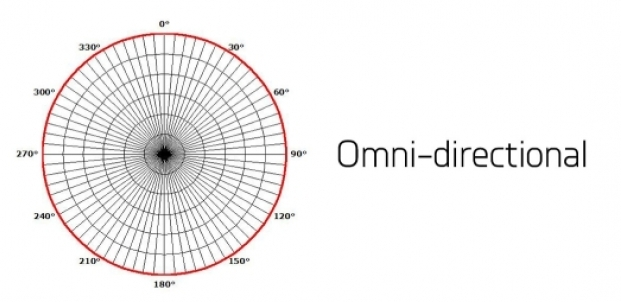
The omnidirectional mic equally captures sound from all directions. It is suitable for interviews, group discussions, and recording the room’s natural acoustics.
Cardioid

A cardioid microphone is designed to pick up sound from the front. Therefore, it can be a good option for vocals, podcasts, and live performances. Why? Because it usually blocks most of the noise from the sides and the back. This pattern focuses mainly on the speaker while cutting off other distracting sounds.
Supercardioid and Hypercardioid

These polar patterns are more directional than cardioid mics. There is a little bit of back sound to be had, but there is more side noise that is rejected. Because of their ability to pick out isolated sounds, these microphones are preferred by film directors and professionals who work in noisy environments.
Bidirectional
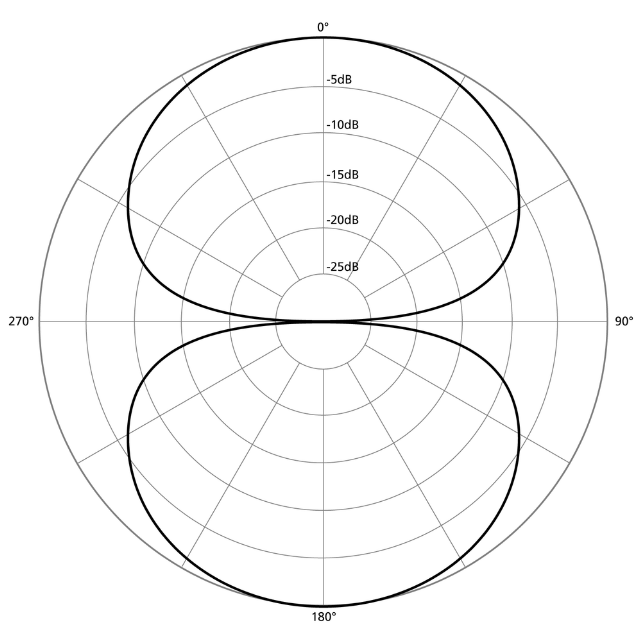
A bidirectional mic can sense sound from the front and back while avoiding any pick-up from the sides. That means a bidirectional (also called Figure 8) polar pattern microphone is best for recording two people sitting face-to-face where no movement is required. For instance, a podcast or an interview.
How to Determine What Microphone Type Is Best for You?
Here are a few things you should consider before buying any type of microphone. So, ask yourself
a. Your Financial Capacity
Microphones are available at a variety of price points. While budget mics are mostly targeted at beginning users with basic quality, mid-range mics offer more value for better sound. Professional mics assure sound of the highest quality but at a higher cost. However, the more you spend, the better the durability and quality you get. Choose based on what fits you, not just on the price.
b. The Main Reason You Want to Purchase the Microphone
There are specific mics for each job. Singers may require high-quality condenser microphones. Similarly, content creators, vloggers, streamers and podcasters usually prefer wireless lavalier microphones or dynamic mics for clear voice capture. In the same way, filmmakers use shotgun mics to focus on dialogue, while gamers go for USB mics due to their simple setup.
c. The Audio Recording Atmosphere
The performance of a microphone is influenced by the type of surrounding it is in. For sensitive and quiet rooms, condenser mics are the best. Noisy areas need dynamic mics for the blockage of unwanted sounds. Similarly, shotgun mics generally work outdoors as they reduce background noise and interview clip-lavaliers for movement.
d. Polar Pattern
The polar pattern of a microphone determines the way it is going to capture sound. You can pick omnidirectional, bidirectional, cardioid, or any other type of polar pattern according to your requirements and recording environment.
e. Features
There are microphones that have extra features which enhance sound quality. Noise cancellation is a feature that is built into microphones to block unwanted sounds. Built-in pop filters that reduce the stress on the voice and adjustable gain control help with setting the right sound level. Wireless options are making the movement easier. Involving these extra things to the mic makes the recording process easier and more professional.
Pro Tip: While it may not be possible to have qualities of each type of microphone in a single model, you can choose an all-purpose microphone that offers modern features and painless setup, like the Hollyland Lark M2S.
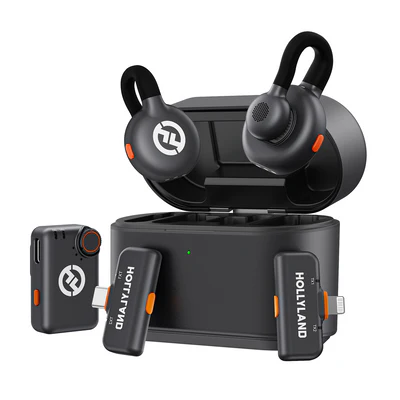
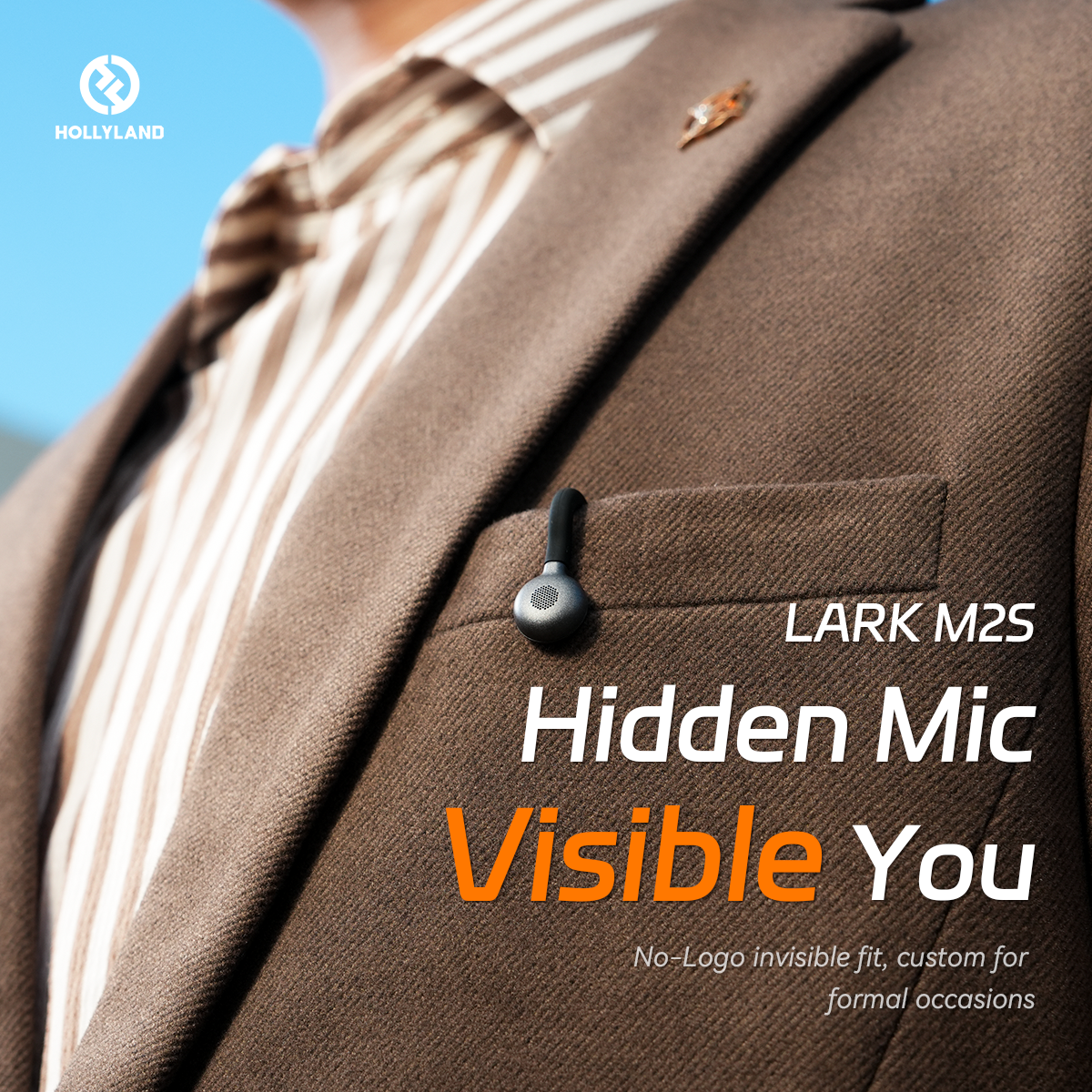
Hollyland LARK M2S - Wireless Hidden Microphone
An ultra-discreet wireless microphone featuring a clip-on transmitter for an “invisible” fit.
Key Features: No-Logo Fit | Ti+ Design | 48 kHz/24-bit
Lark M2S is an all-in-one wireless microphone solution for content creators, podcasters, singers, musicians, and anyone who adores capturing sound without compromising the quality. Its titanium clip-on system makes it perfect to attach to your clothing, while its logo-free design makes it go unnoticed and distraction-free for your audience. It also comes with advanced features and compatibility options, such as 3.5mm and USB-C connectivity, Environmental Noise Cancellation, 1000ft wireless range, 10-hour battery life per charge, and everything you ever wish to see in a microphone.
Conclusion
Microphones come in different types. In modern times, you will find mics like condenser, dynamic, ribbon, and lavalier, which are more preferred by content creators. Lavalier mics can be wired or wireless, offering flexibility for different uses. Moreover, some microphones may require phantom power to work. Plus, polar patterns also have a huge impact on their performance. Understanding these basics helps in choosing the right microphone for any situation.
Now that you’ve learned how microphones pick up and convert sound, you might be curious about practical microphone options ideal for clear and professional audio recordings. A wireless lavalier microphone, for example, offers impressive portability, ease of use, and excellent audio quality, making it perfect for vlogging, presentations, interviews, and more.
Frequently Asked Questions about How Microphones Work?
Q1. Is it possible to have a dynamic microphone that connects via USB?
Yes, there are several dynamic microphones that offer USB connectivity. For instance, the RODE PodMic is available in both USB and XLR connectivity options.
Q2. Can a USB microphone be a condenser microphone?
A USB microphone can be a condenser mic. You can find many USB condenser microphones on the market.
Q3. Is a lavalier mic a condenser microphone?
A lavalier mic attaches to your clothing thorough a clip-on system or magnetic attachment. However, its type can be condenser, back electret, or dynamic. Still, a lavalier microphone is considered to be a distinct kind of microphone due to its wearability and design.
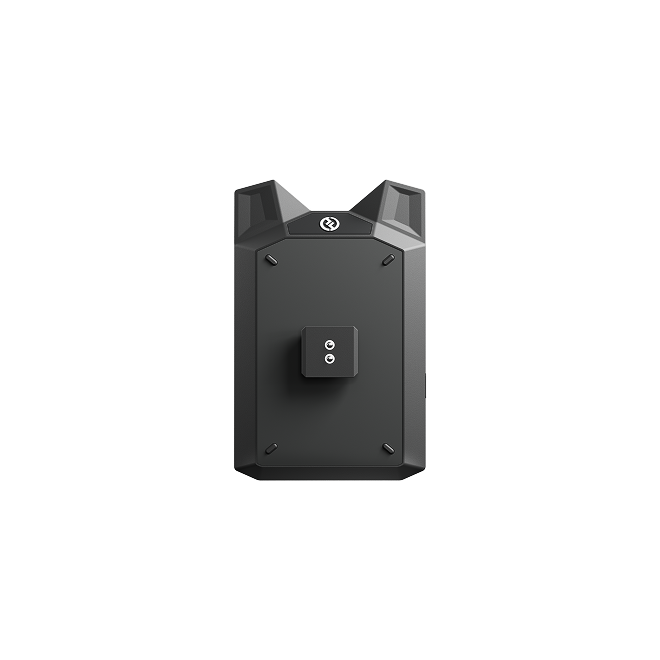

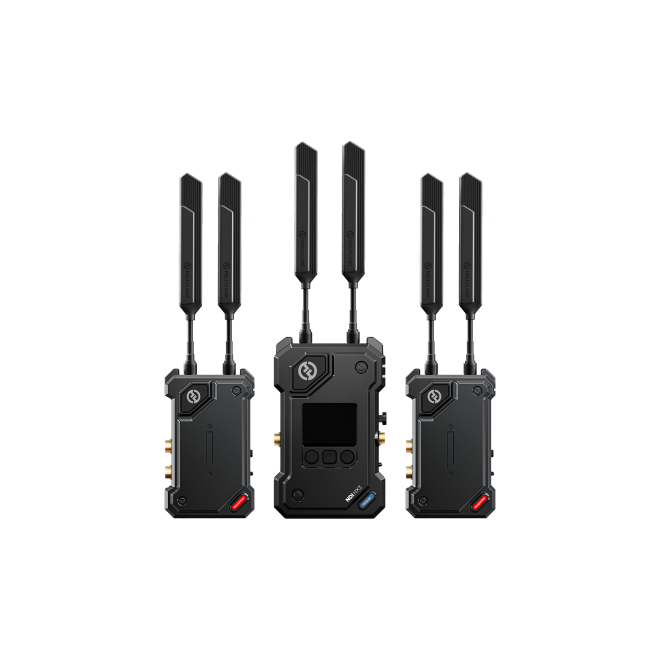
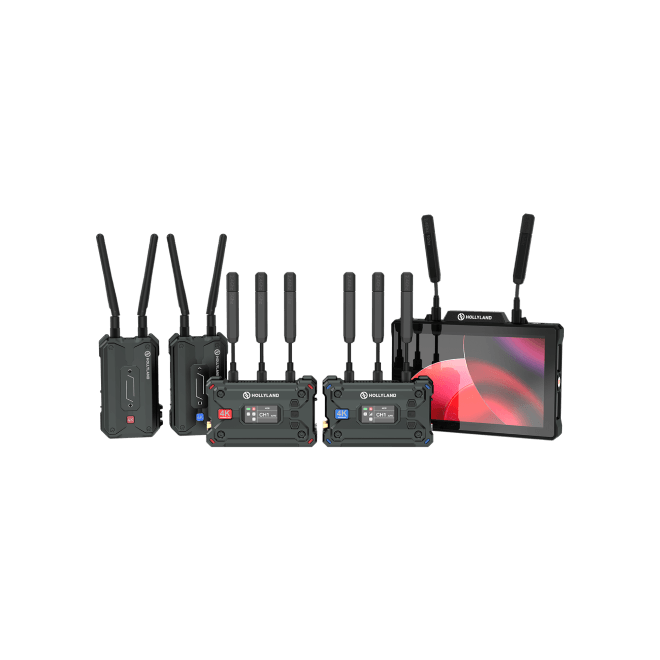
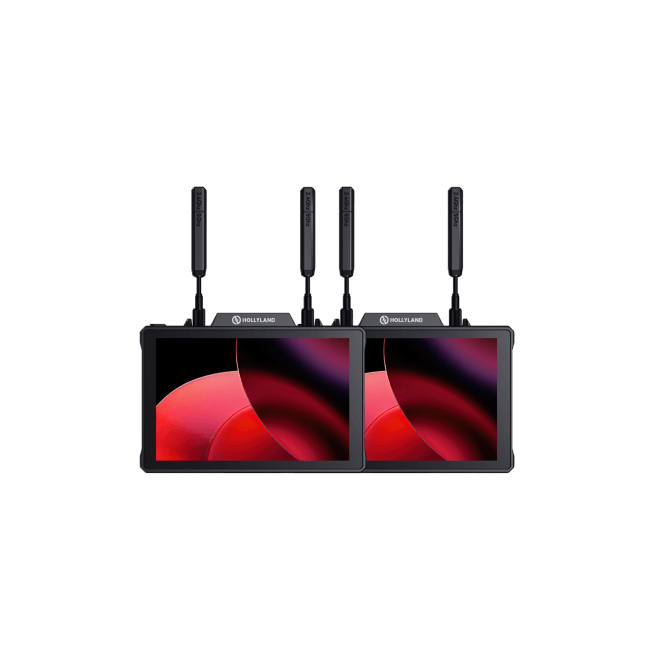
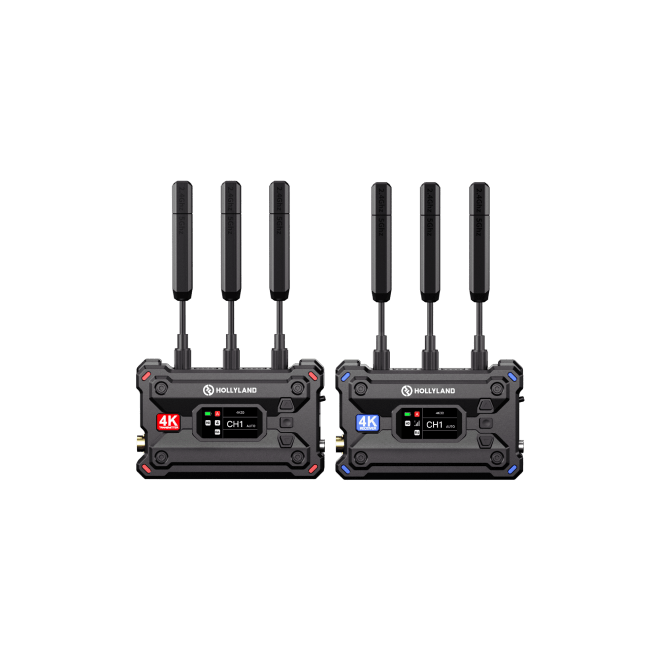
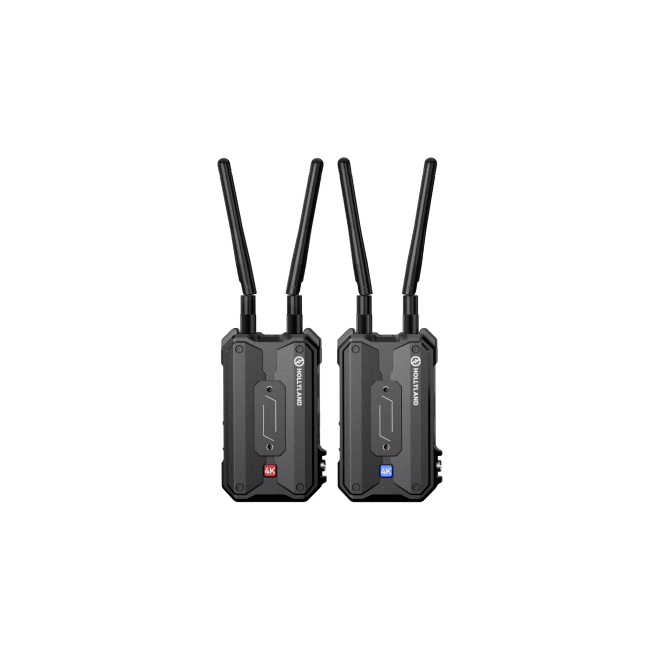
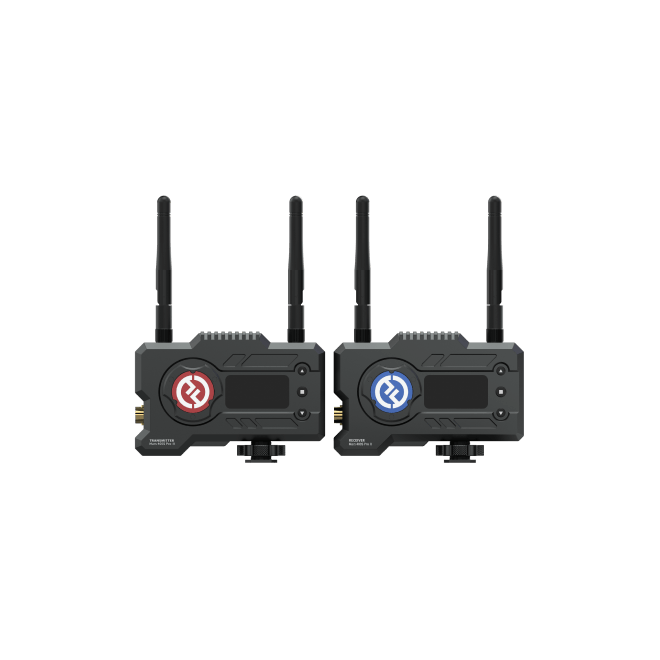
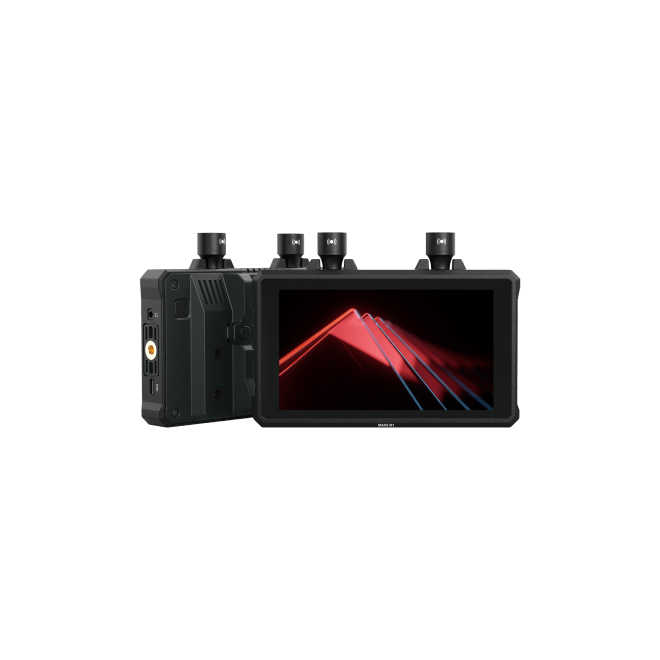
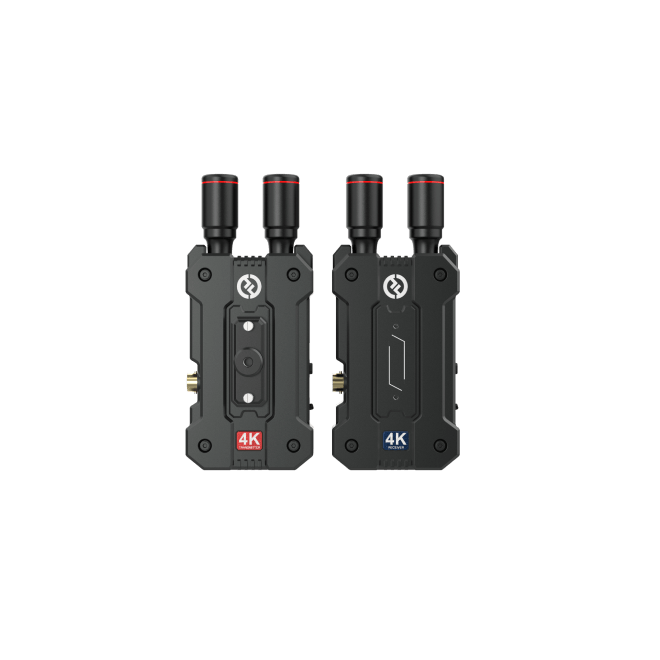
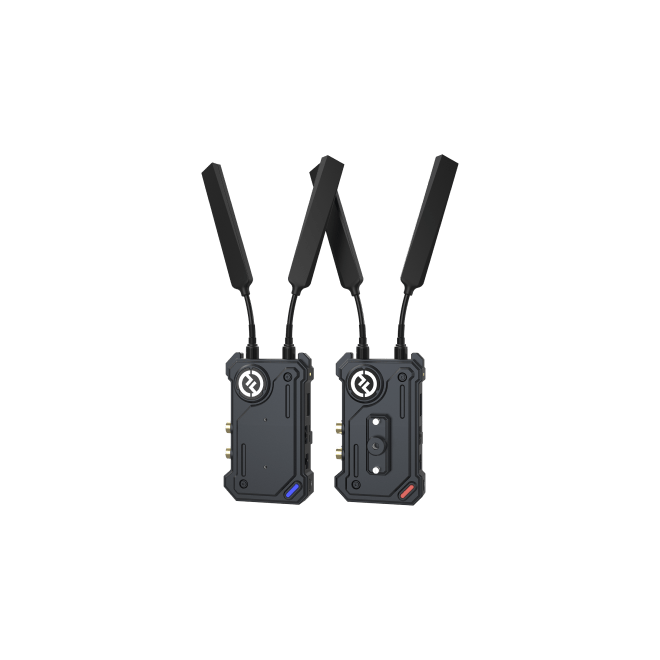
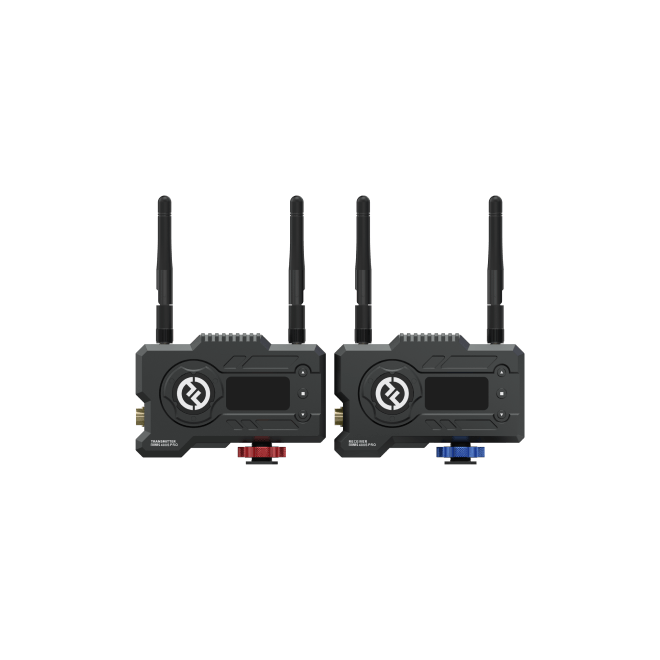
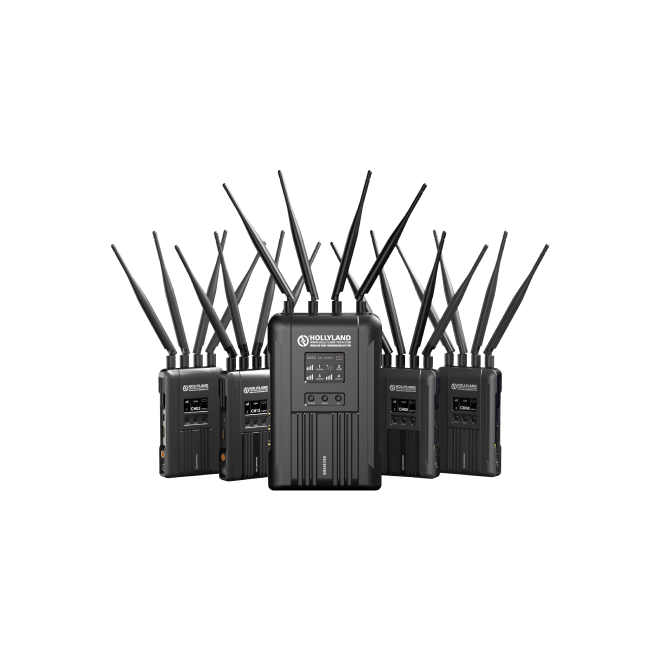
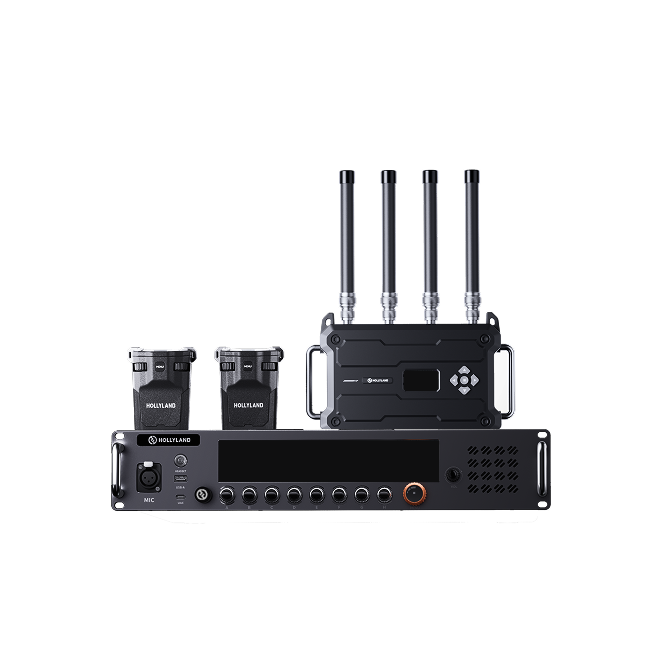

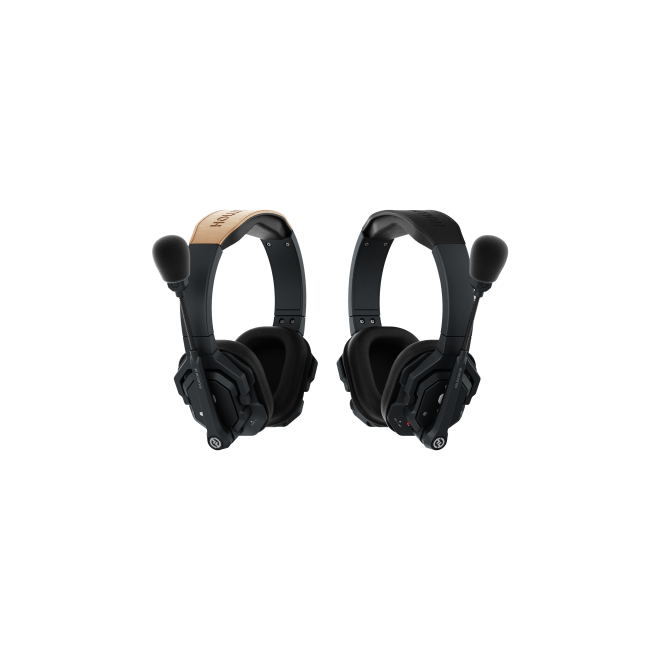

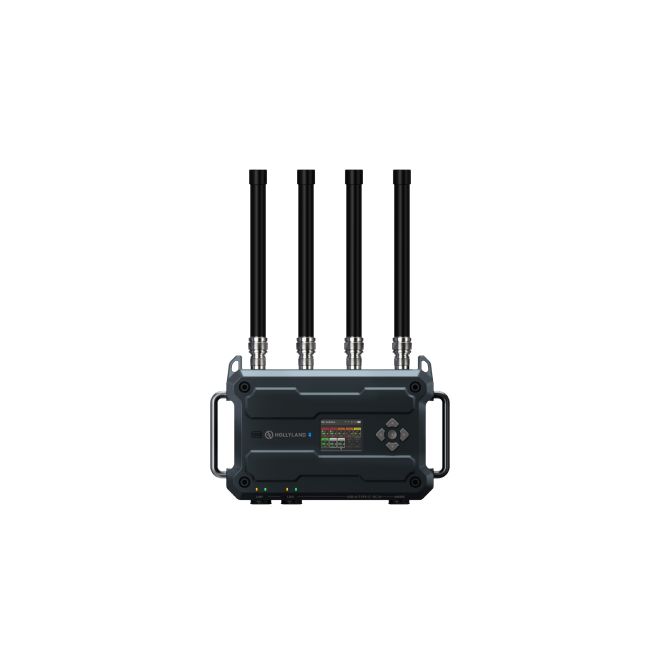
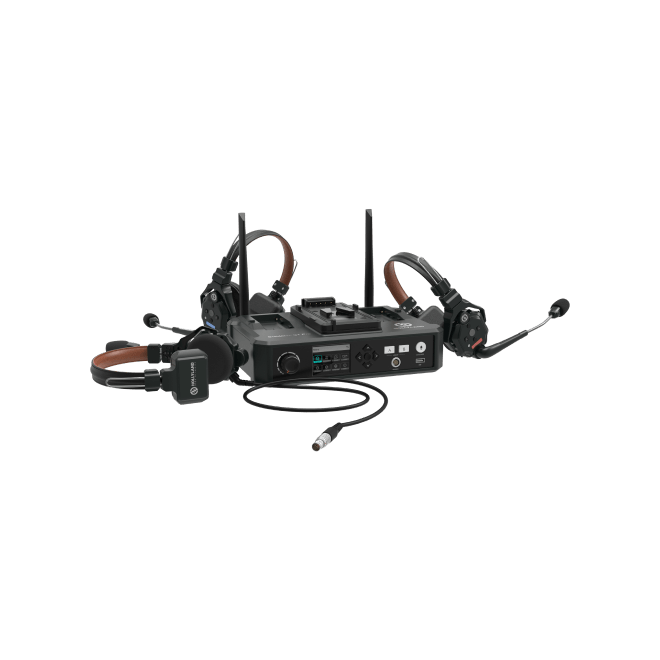
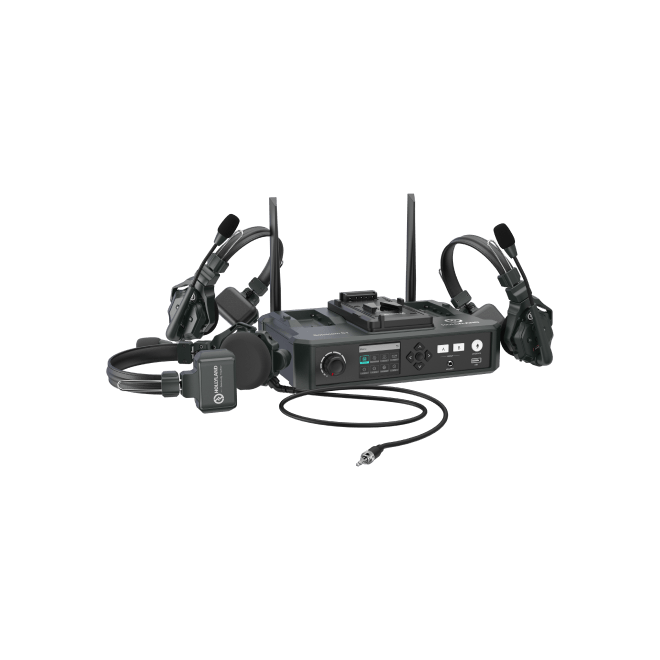
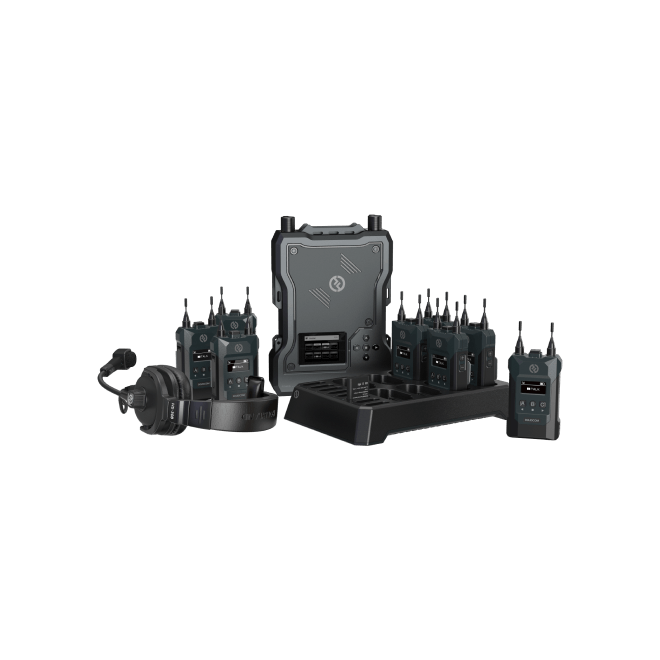
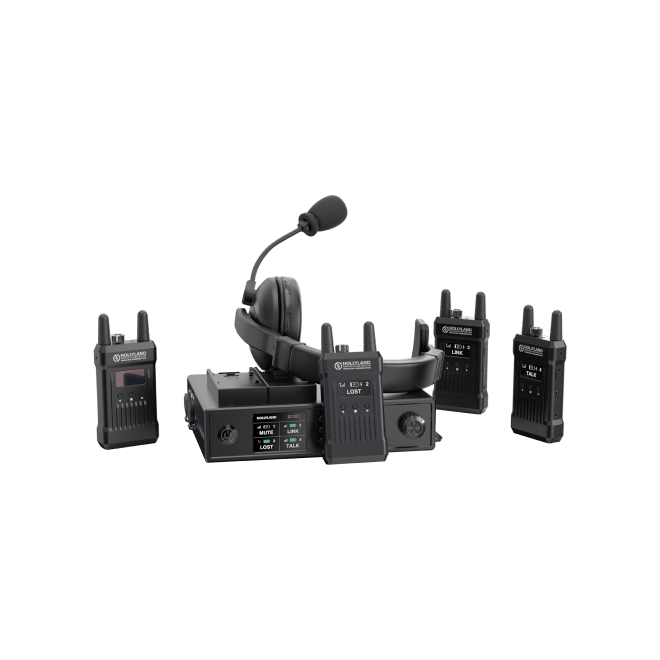
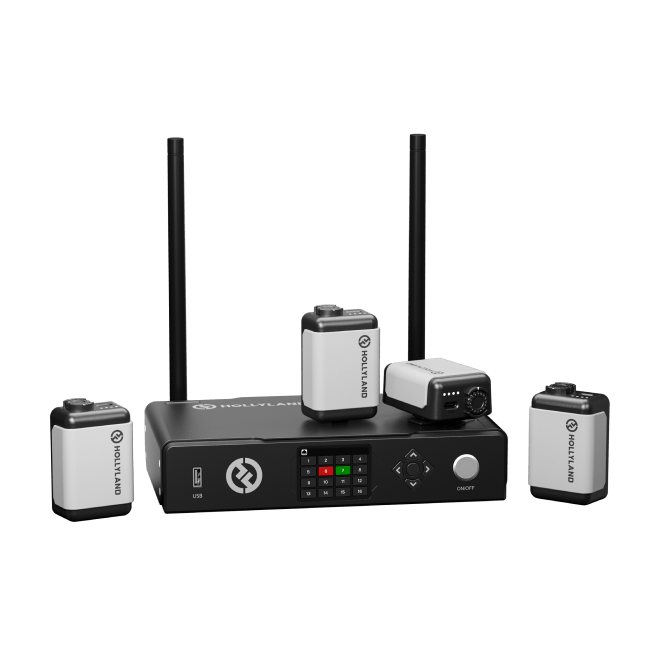
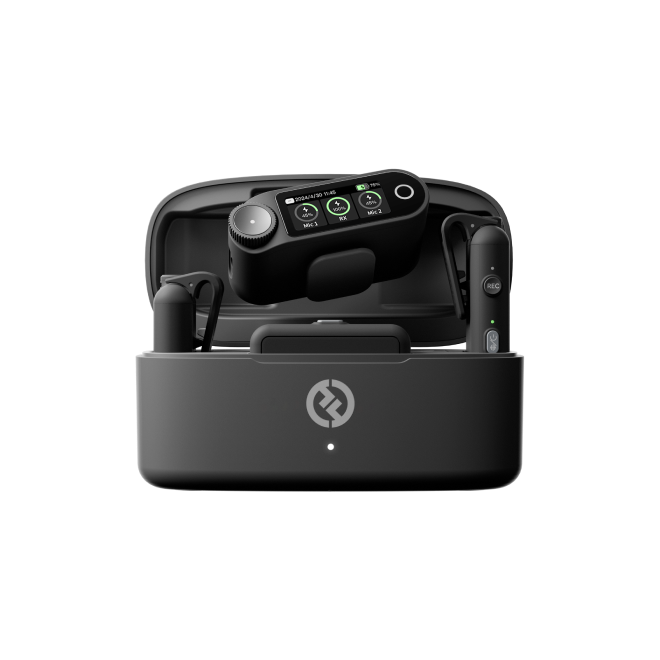
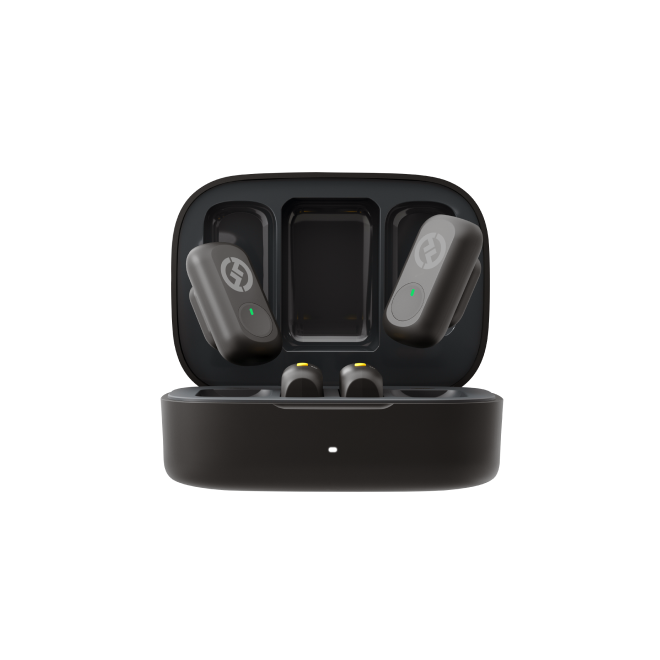

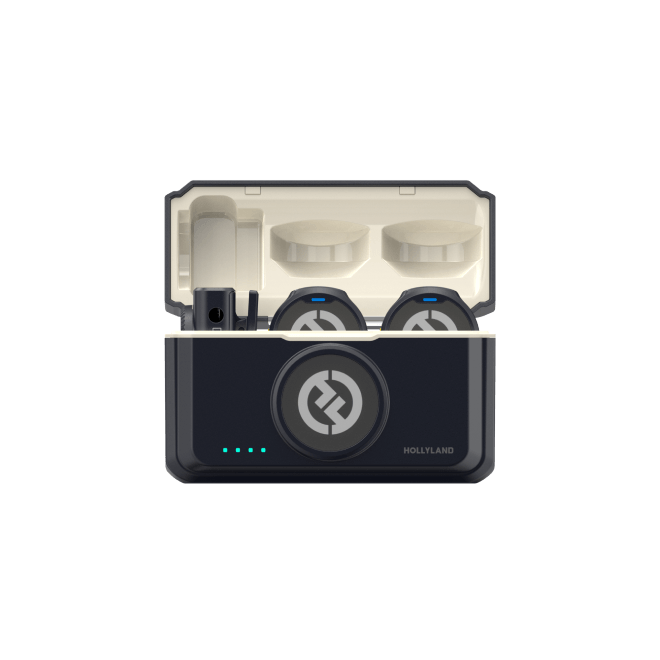
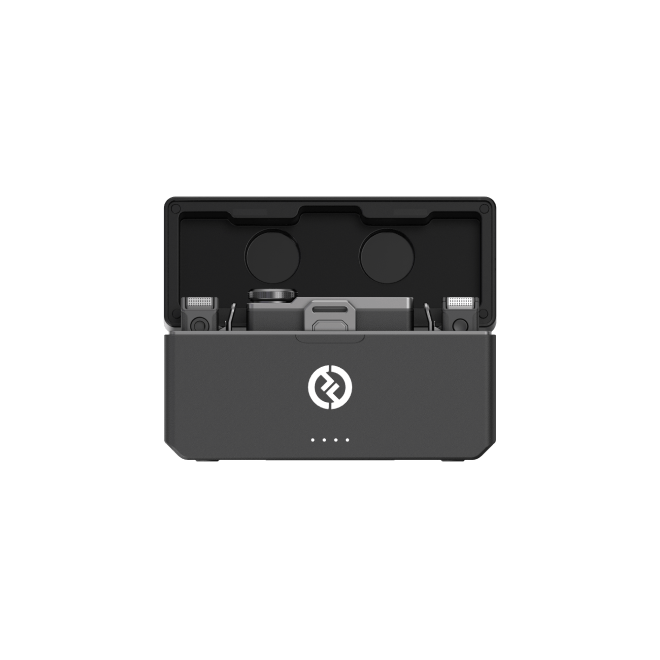
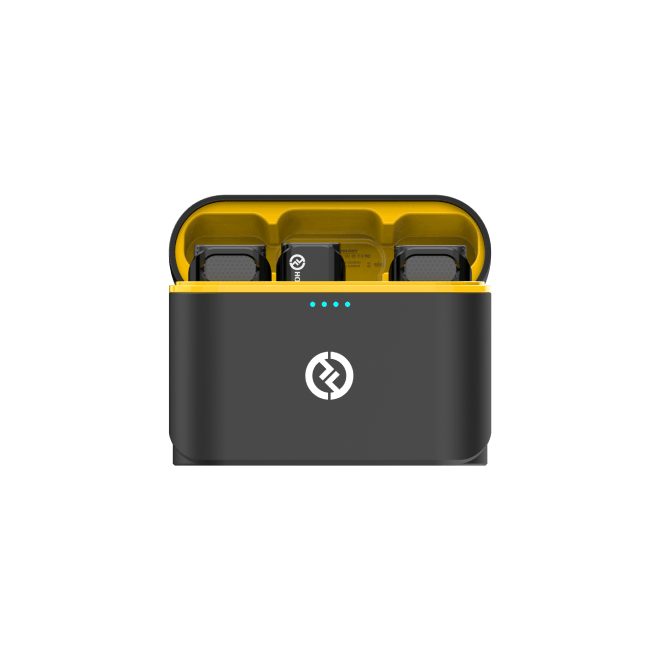
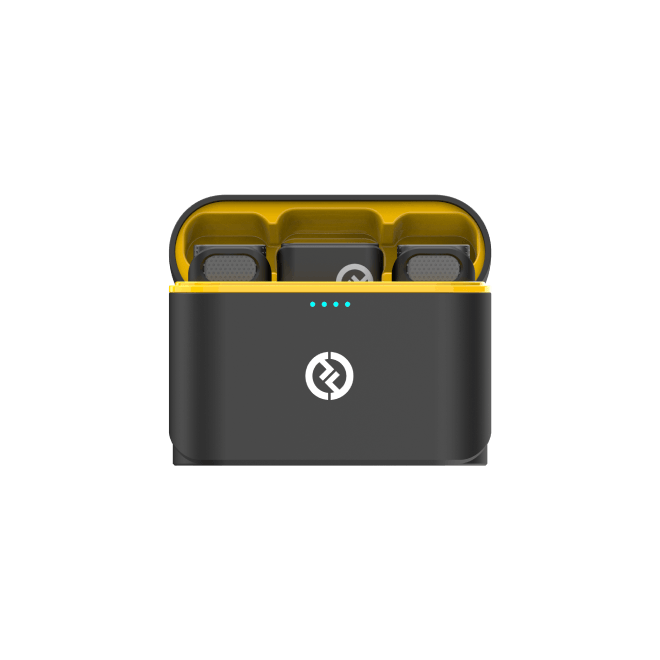
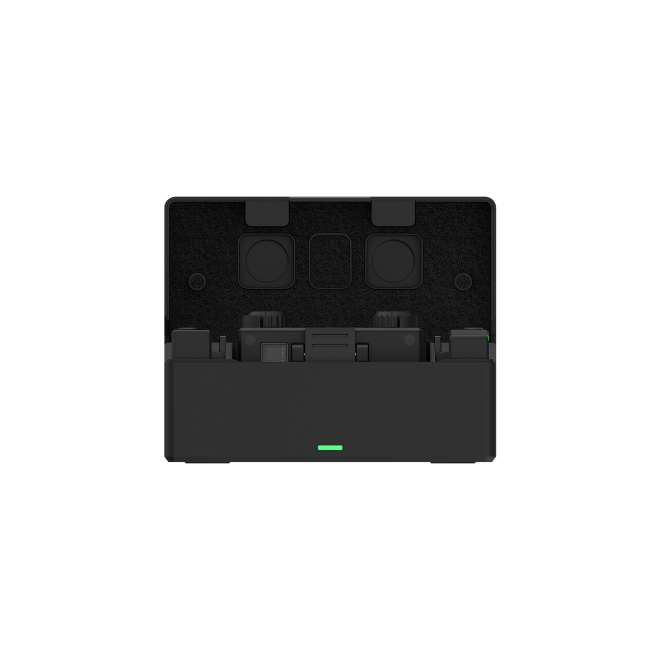
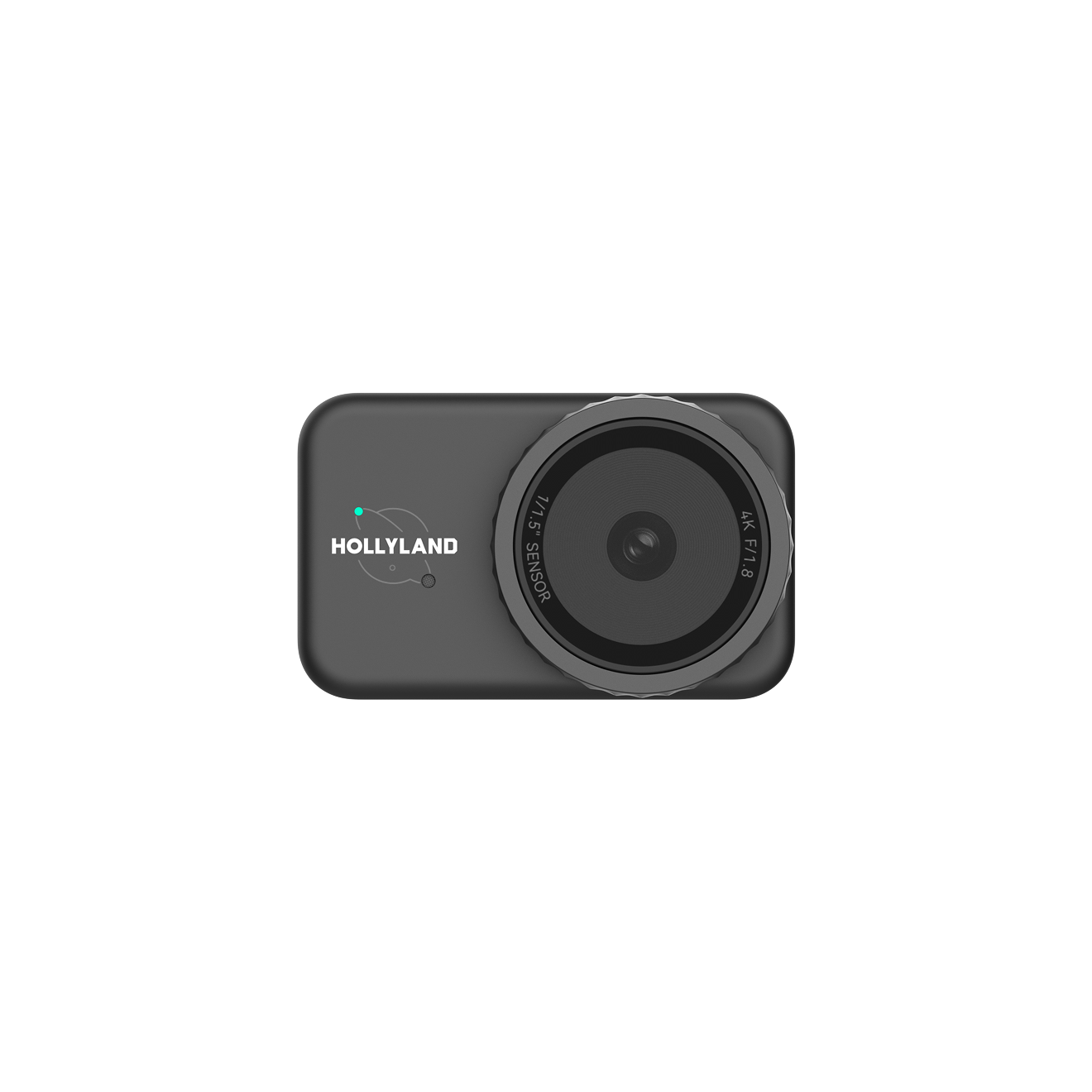

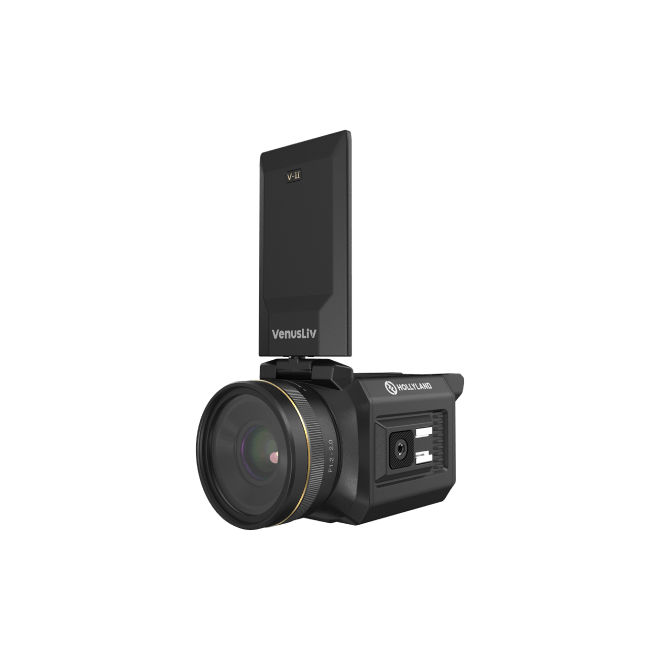
.png)




